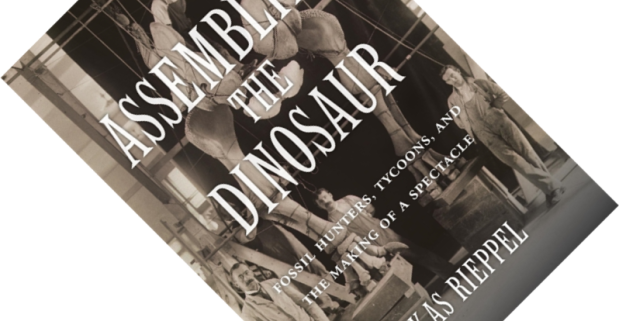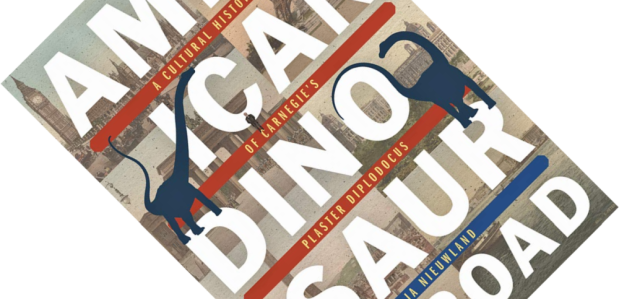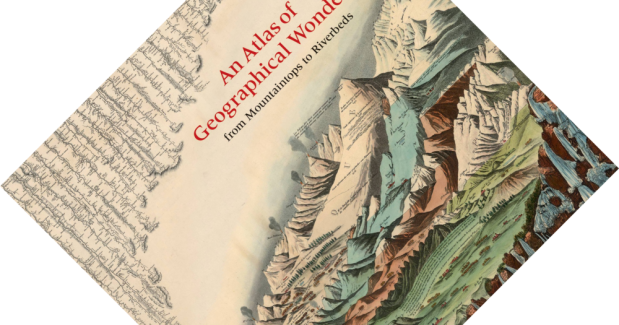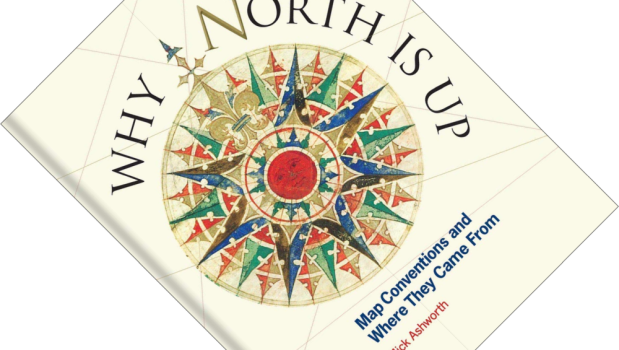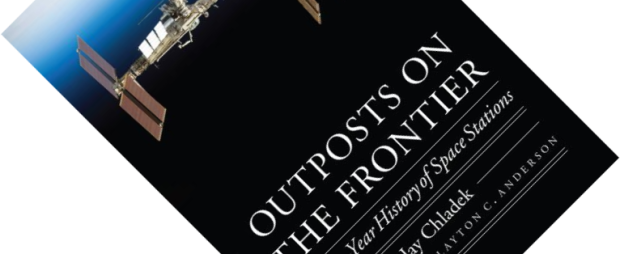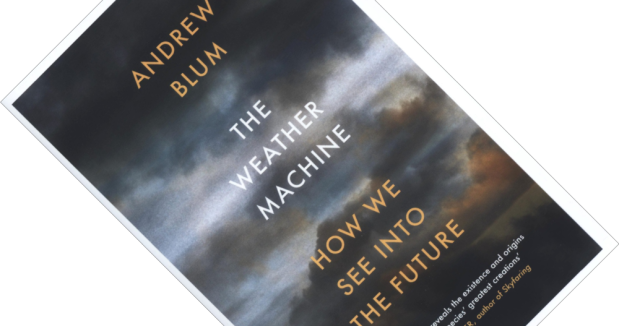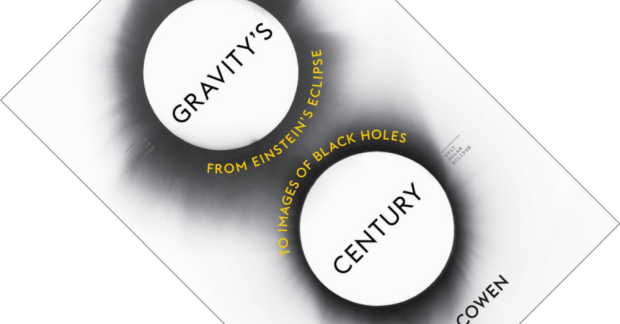7-minute read
Two things, or so the joke goes, are sure in life: death and taxes. Entropy, that existential bummer*, is another candidate for that list. Why Fish Don’t Exist sees science reporter Lulu Miller grapple with the question of how to find meaning in a world where “there is no escaping the Second Law of Thermodynamics” (p. 3), to quote her biochemist father. She does so by examining the life of fish taxonomist David Starr Jordan who saw his life’s work destroyed—twice—and responded by rebuilding it bigger and better. But is Jordan a suitable role model? In vivid prose that jumps off the page, Miller attempts to come to terms with his complex character, tracing the heights to which confidence can lift you, but also the depths to which it can plunge you.




